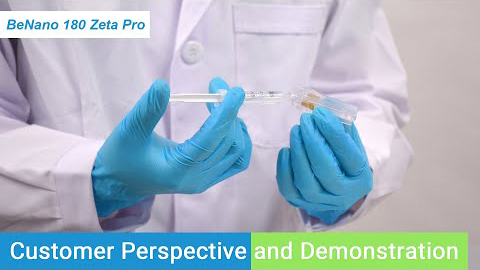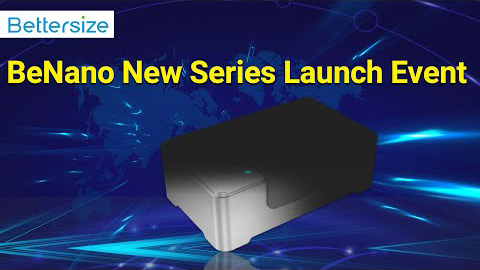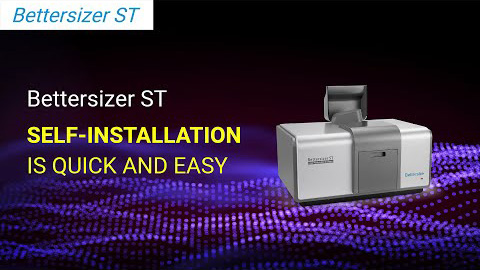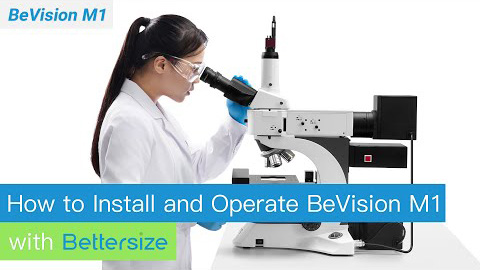How to Measure Microrheological Properties of Liquids by BeNano?
In this video tutorial, we show you how to use our BeNano instrument to measure the microrheological properties of liquids.
The tracer used in the video is polystyrene microspheres.
BeNano uses DLS microrheology to characterize weakly structured polymer, protein solutions, and gel systems. DLS microrheology enables straightforward and fast measurements and data treatment. It can acquire high-frequency information in a single measurement.
BeNano 180 Zeta Pro

Enhanced Size Resolution with DLS Flow Mode

Overview of BeNano Series | Nanoparticle Size and Zeta Potential Analyzer

BeNano Series | Customer Perspective & Demo

Understanding the DLS Backscattering Technology

Snippet - Unboxing BeNano 180 Zeta Pro

Book a Free Demo with Global Distributors

BeNano 180 Zeta Pro | Demo (Polystyrene Latex Sample)

BeNano 180 Zeta Pro | Nanoparticle size and zeta potential analyzer

BeNano 180 Zeta Pro Launch Event | Nanoparticle size and zeta potential analyzer

4 Questions Nanoparticle Researchers are Really Asking About

Fundamentals of BeNano 180 Zeta Pro

Fundamentals of BAT 1 Autotitrator

Fundamentals of DLS Microrheology

How to Measure Microrheological Properties of Liquids by BeNano?
How to Operate BAT 1 Autotitrator to Measure Zeta Potential vs. pH

Fundamentals of BeNano 180 Zeta Pro











